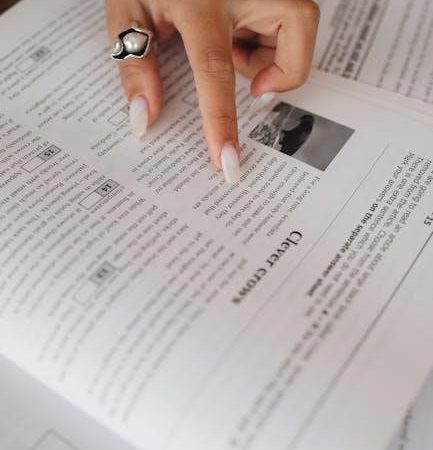baby sleep wear guide
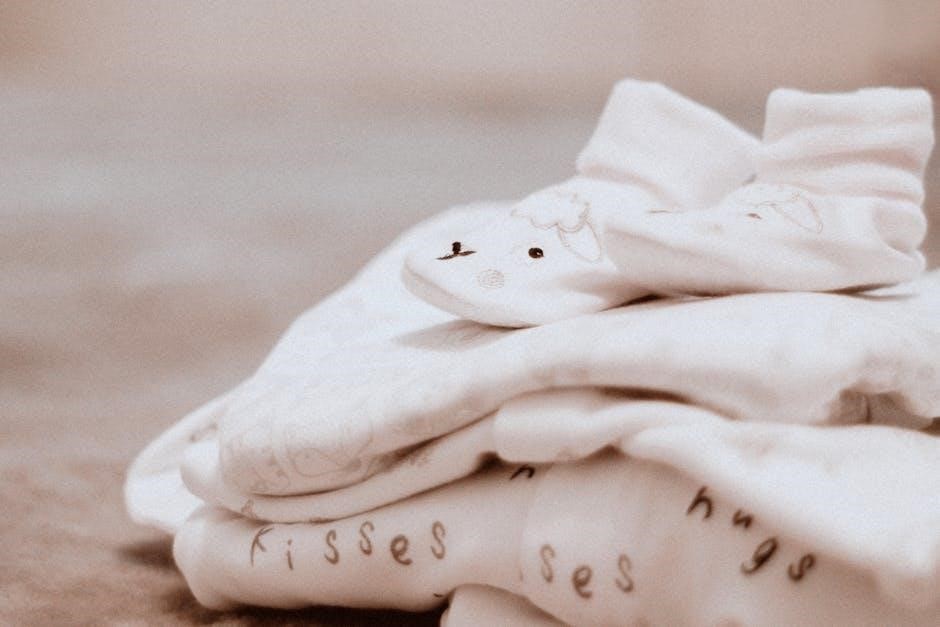
Importance of Dressing Baby for Sleep
Dressing baby for sleep is crucial for their comfort and safety, and it plays a significant role in determining the quality of their sleep. A well-dressed baby is more likely to sleep soundly and wake up feeling refreshed. The importance of dressing baby for sleep cannot be overstated, as it helps to regulate their body temperature, prevent overheating, and reduce the risk of SIDS. Proper sleep dress also helps to promote healthy sleep habits, which are essential for a baby’s physical and mental development. By dressing baby in comfortable and suitable clothing, parents can help their little one sleep better, and this, in turn, can have a positive impact on the entire family’s well-being. Furthermore, dressing baby for sleep is also about creating a sleep-conducive environment, and this includes using the right clothing, bedding, and room temperature to ensure a comfortable and safe sleep environment. This guide will help parents make informed decisions about dressing their baby for sleep.
Objective of the Baby Sleep Wear Guide
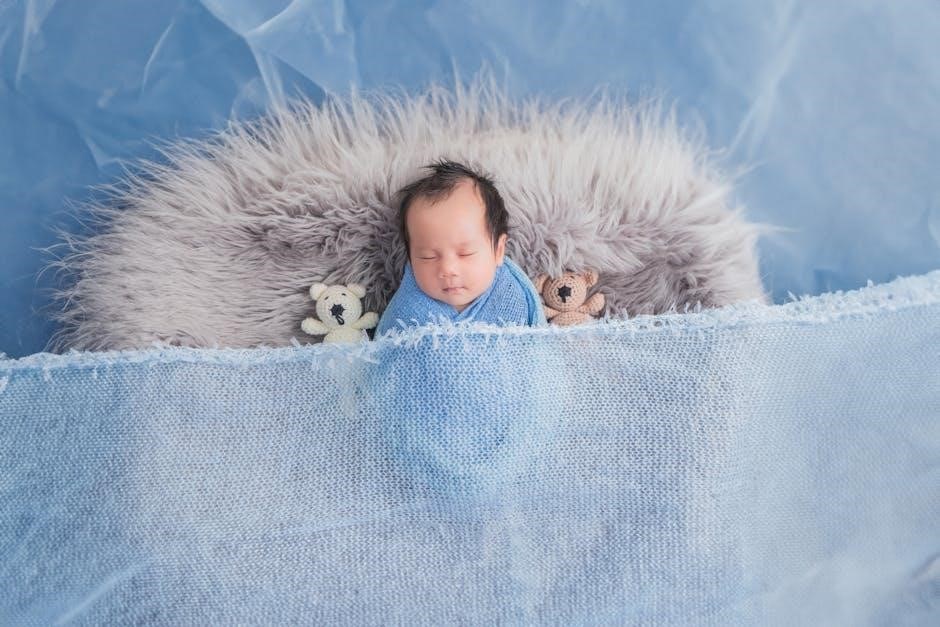
The objective of the Baby Sleep Wear Guide is to provide parents with a comprehensive resource to help them make informed decisions about dressing their baby for sleep. This guide aims to educate parents on the importance of proper sleep dress and how it can impact their baby’s comfort, safety, and overall well-being. By using this guide, parents can learn how to create a sleep-conducive environment that promotes healthy sleep habits and reduces the risk of sleep-related problems. The guide is designed to be a valuable resource for new parents, providing them with the knowledge and confidence they need to dress their baby for sleep with ease. With its expert guidance and tips, the Baby Sleep Wear Guide is an essential tool for any parent who wants to ensure their baby gets the best possible start in life. The guide is easy to follow and understand, making it accessible to all parents.
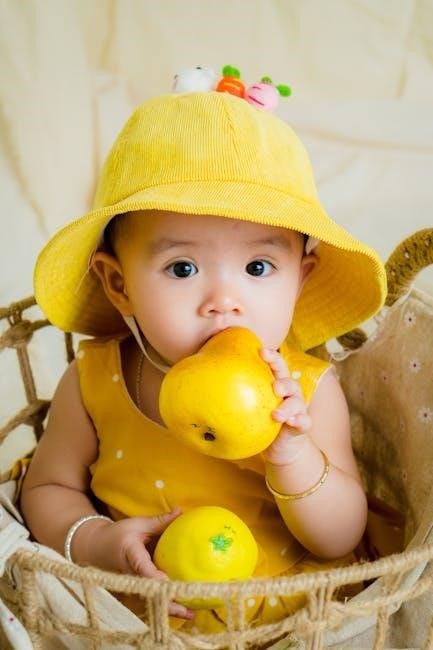
Understanding Baby Sleep Temperature
Temperature plays a crucial role in baby sleep, requiring careful consideration always.
Recommended Room Temperature for Baby Sleep
A room temperature of 16 to 20 degrees Celsius is recommended for baby sleep, as this range promotes comfortable sleep and reduces the risk of overheating or overcooling. The American Academy of Pediatrics also suggests maintaining a room temperature within this range to ensure a safe sleep environment. It is essential to note that room temperature can significantly impact a baby’s sleep quality, and extreme temperatures can be detrimental to their health. Using a thermometer to monitor the room temperature can help parents ensure that their baby’s sleep environment remains within the recommended range. By maintaining an optimal room temperature, parents can help create a sleep-conducive environment that promotes healthy sleep habits and reduces the risk of sleep-related complications. This temperature range is suitable for babies of all ages, from newborns to toddlers, and can be adjusted slightly based on individual needs and preferences.
Factors Affecting Room Temperature
Several factors can affect the room temperature, making it challenging to maintain a consistent temperature. These factors include the time of year, with warmer temperatures in summer and cooler temperatures in winter. The location of the room, such as a north-facing or south-facing room, can also impact the temperature. Additionally, the type of heating or cooling system used in the home can influence the room temperature. Other factors, such as the number of windows, insulation, and external weather conditions, can also play a role. It is essential to consider these factors when trying to maintain a room temperature within the recommended range for baby sleep. By understanding these factors, parents can take steps to mitigate their impact and create a sleep-conducive environment for their baby. This may involve using fans or air conditioners in the summer and heaters or radiators in the winter to maintain a comfortable temperature.
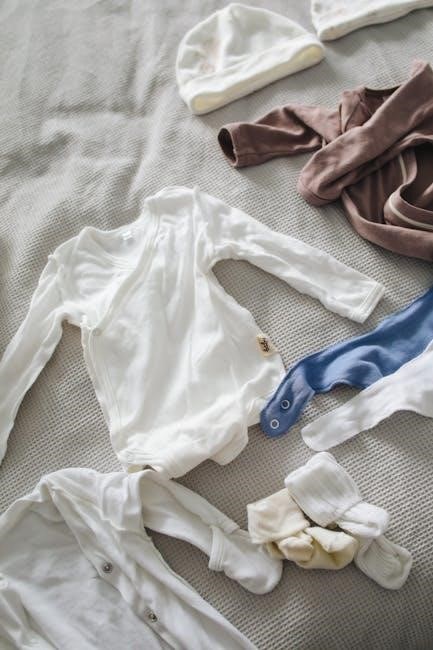
Choosing the Right Sleepwear for Baby
TOG Rated Jumpsuit and Sleeping Bag
Swaddle or Sleep Sack for Baby
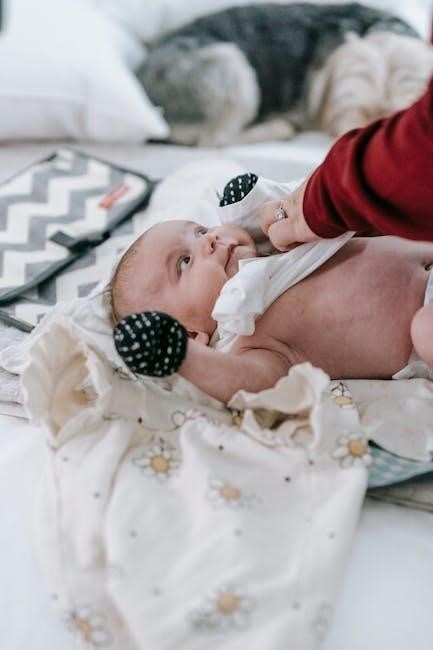
Tips for Ensuring Baby Sleep Safety
Guidelines for Dressing Baby for Sleep
Dressing a baby for sleep requires careful consideration to ensure their comfort and safety. The American Academy of Pediatrics recommends dressing babies in lightweight, breathable clothing to prevent overheating. Parents should choose sleepwear made from natural fibers such as cotton, which allows for airflow and helps regulate body temperature. It is also essential to consider the room temperature, as a room that is too hot or cold can disrupt a baby’s sleep. A temperature range of 16 to 20 degrees Celsius is recommended for baby sleep. By following these guidelines, parents can help create a safe and comfortable sleep environment for their baby. Additionally, parents should avoid overdressing their baby, as this can increase the risk of Sudden Infant Death Syndrome. Using a sleep sack or swaddle can also help keep a baby safe and comfortable during sleep. Overall, dressing a baby for sleep requires attention to detail and a commitment to creating a safe sleep environment.
Expert Guidance for Baby Sleepwear
Midwife Pip and other experts recommend that parents prioritize their baby’s comfort and safety when choosing sleepwear. They suggest considering the baby’s age, weight, and activity level when selecting sleep clothing. Experts also advise against using loose bedding or soft toys in the crib, as these can pose a suffocation risk. Instead, they recommend using a sleep sack or swaddle to keep the baby safe and comfortable. Additionally, experts suggest that parents be mindful of the fabric and material used in their baby’s sleepwear, opting for breathable and natural fibers. By following expert guidance, parents can help create a safe and comfortable sleep environment for their baby. This guidance is especially important for new parents who may be unsure about how to dress their baby for sleep. With the right expert guidance, parents can make informed decisions about their baby’s sleepwear and help their baby get the restful sleep they need. This is crucial for the baby’s overall health and development.



